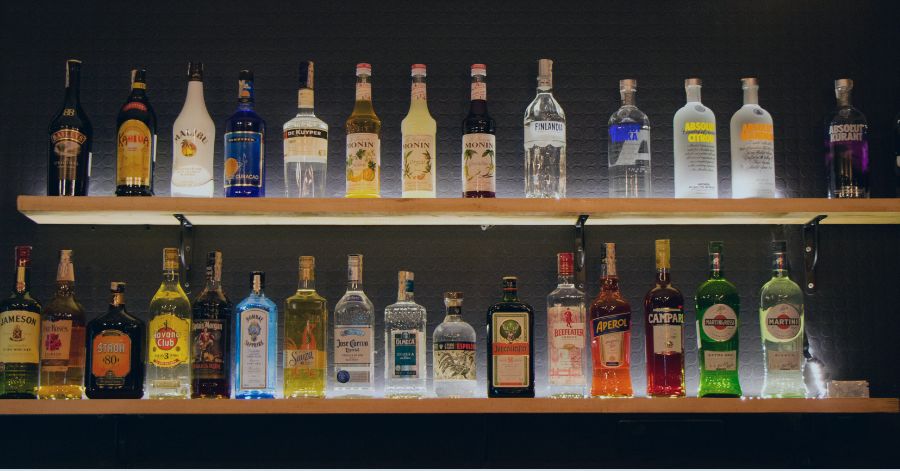Running a bar can be a challenging but rewarding endeavor. From managing staff to creating a welcoming atmosphere for customers, there are many aspects to consider. Managing inventory effectively is one of the most critical components of running a successful bar.
An accurate and well-managed inventory helps with managing costs, preventing theft, and ensuring that your bar is always stocked with the necessary products and ingredients to deliver a fantastic customer experience.
Taking inventory, however, can seem like a tedious task, but it doesn’t have to be. These seven steps will teach you how to take bar inventory quickly and effectively.
Step 1: Create an Inventory Sheet
The first step in taking bar inventory is to create an inventory sheet. This sheet should list all the products that need to be counted, including spirits, wine, beer, mixers, and garnishes. You can create your own liquor inventory sheet, download a template or use inventory management software.
Step 2: Determine Your Inventory Schedule
Decide on a regular schedule for taking inventory. This can be daily, weekly, or monthly, depending on the size and volume of your bar. Some bars prefer to take inventory during slow hours, while others prefer to do it after hours. Whatever schedule you choose, be consistent and stick to it.
Step 3: Count The Products
Once you have your inventory sheet and schedule in place, it's time to start counting. Begin with open liquor bottles. While there are many ways to measure the amount of alcohol remaining in each bottle, such as tenthing, the most accurate method is weighing the bottles. Weighing bottles is fast, objective and incredibly accurate, especially when used in combination with inventory management software.
Next, move on to full bottles of liquor, as well as beer and wine inventory. Count the number of bottles and cans and record the amounts on the inventory sheet. Make note of any inventory that is approaching or past its expiration date.
For mixers and garnishes, count the number of bottles and containers, and record the amounts on the inventory sheet.
Step 4: Calculate The Value
Once you have completed your inventory count, it's time to calculate the value of your inventory. Start by multiplying the number of bottles or containers by their unit cost. For example, if a bottle of vodka costs $20 and you have five bottles, the total cost for vodka would be $100.
Next, add up the total cost for each category of inventory, including liquor, beer, wine, mixers, and garnishes, to get your total inventory value. This value represents the cost of the products currently in stock.
Step 5: Analyze The Results
Once you have completed your inventory count and calculated the value, it's time to analyze the results. Look for any discrepancies or variances between the amount of product you counted and the amount that should be on hand based on sales records. Be sure to take note of any waste or spillage that has been recorded.
If you still have substantial differences, it could be a sign of potential theft, overpouring, or unrecorded waste and spillage.
It's also important to track your inventory results over time to identify trends or patterns, such as recurring over or understock of certain products, or products with regular variances.
By analyzing your inventory data, you can make more informed purchasing decisions and improve your overall inventory management.
Step 6: Make Adjustments
Based on your analysis of the inventory results, prepare your next order and make any necessary adjustments to your inventory management practices. This could include reducing the amount of inventory for slow-moving products or increasing inventory for high-demand products. It could also include implementing tighter measures to prevent theft or over-pouring.
Step 7: Repeat the Process
Remember, taking inventory is not a one-time event, but rather an ongoing process that requires regular attention and adjustment. Repeat the inventory process regularly to ensure that your inventory management practices remain effective.
As your bar grows and evolves, your inventory needs may change, so it's important to stay on top of inventory counts and make adjustments as needed. By committing to effective inventory management practices and following these steps, you can run a more successful and profitable bar.
Need help implementing an effective inventory management strategy? Get in touch with Sculpture Hospitality today. Our combination of locally-based experts and world-class technology can help you grow your business.





.png)





